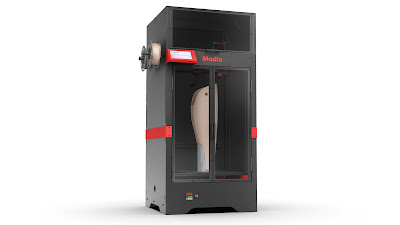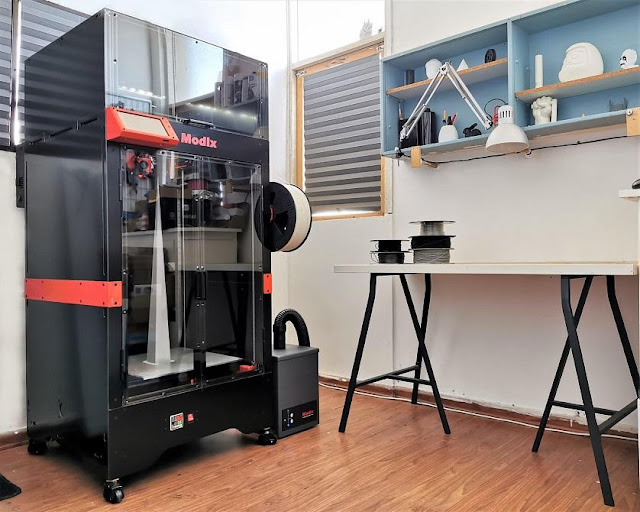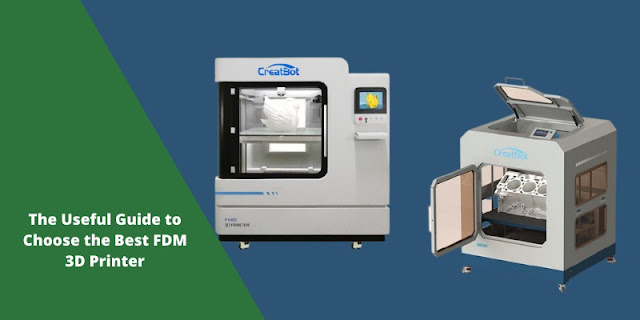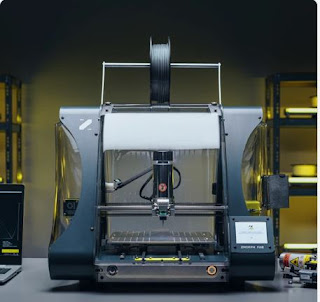3D Printing Technology: The Role of 3D Printer For A Medical Use
3D printing technology is revolutionizing and contributing to many industries including clinical trials. It has over the last few years contributed a lot and helped several patients in many ways. There are numerous benefits of 3D printing for medical use that we want to discuss in this blog and broaden your understanding of how things work in the medical printing area.
3d printing is an additive technique from a digital model to get a three-dimensional solid object of various shapes and sizes. For instance, 2D images provide little visualization, but 3D technology, on the other hand, provides us with the reality check that helps make the operational process effective.
The Growing Role of 3D Printing in Medicine at Present
These days, 3D printing in medicine plays an essential role in training doctors and preparing them for actual operations. Furthermore, large-format 3D technology lowers the cost of prosthetics to manufacture because prosthetics no longer need individual moulds and iterative handwork operations to produce the intricate geometry and dimension accuracy that printing technology requires.
A 3D printer is a good option for doctors and patients because they get to try different variations of their prosthetics. That would help the patient get an idea and save him from the poor experience. Medical students can practice on 3D printed organs and practice on human-like, 3D printed parts. This practice can provide better medical treatment of patients and improve the skills of doctors.
3D printers create low-cost prosthetics where people cannot spend to buy prosthetics. It applies to places that are poverty-stricken and worn-torn countries where infrastructure is affected, and medical equipment cannot reach the places. 3D printers can help people living in some specific areas with the necessary equipment. 3D printing gives users the freedom to choose their choice of designs, sizes and colours of their prosthetics.
Benefits of Choosing 3D Printers In The Clinical Field
- Preoperative planning - Several studies have demonstrated the benefits of patient-specific presurgical planning. It can reduce complications. The 3D printing technology provides doctors with a physical model of the patient anatomy that could accurately plan the surgical approach that helps doctors model custom prosthetics based on patient-specific anatomy.
- Customization - 3d printing has a substantial role in manufacturing custom implants, surgical guides and instruments. Therefore, the customization of surgical tools and prostheses is a way to reduce cost by any other technique.
- Useful Study of osteoporotic conditions - 3D printers
can help in finding an accurate idea of a patient’s bone condition to
validate the results. That enables in taking a better decision on the
surgical treatment.
- Testing different devices - 3D printing technology
can test devices of different vascular patterns to test the effectiveness
of a cardiovascular system. That helps us to get prototypes of new designs
and improvements.
Whether you want to buy a resin 3D printer UK along with the printer, you can choose the right supplier by choosing a reliable supplier. Choose a partner with a diverse interest in technology and a zeal to create a variety of products.
You can also buy a 3D printer filament UK with different properties from a manufacturer who can provide you with the correct specification.
Choose the right printing service that has expertise in printing. Check the material availability that you require. Once you have chosen the 3D printer, you can pick the filament you want to use. 3D print service UK offers several dozen varieties in colours. So, you can choose what you want according to your choice and requirement.





Comments
Post a Comment